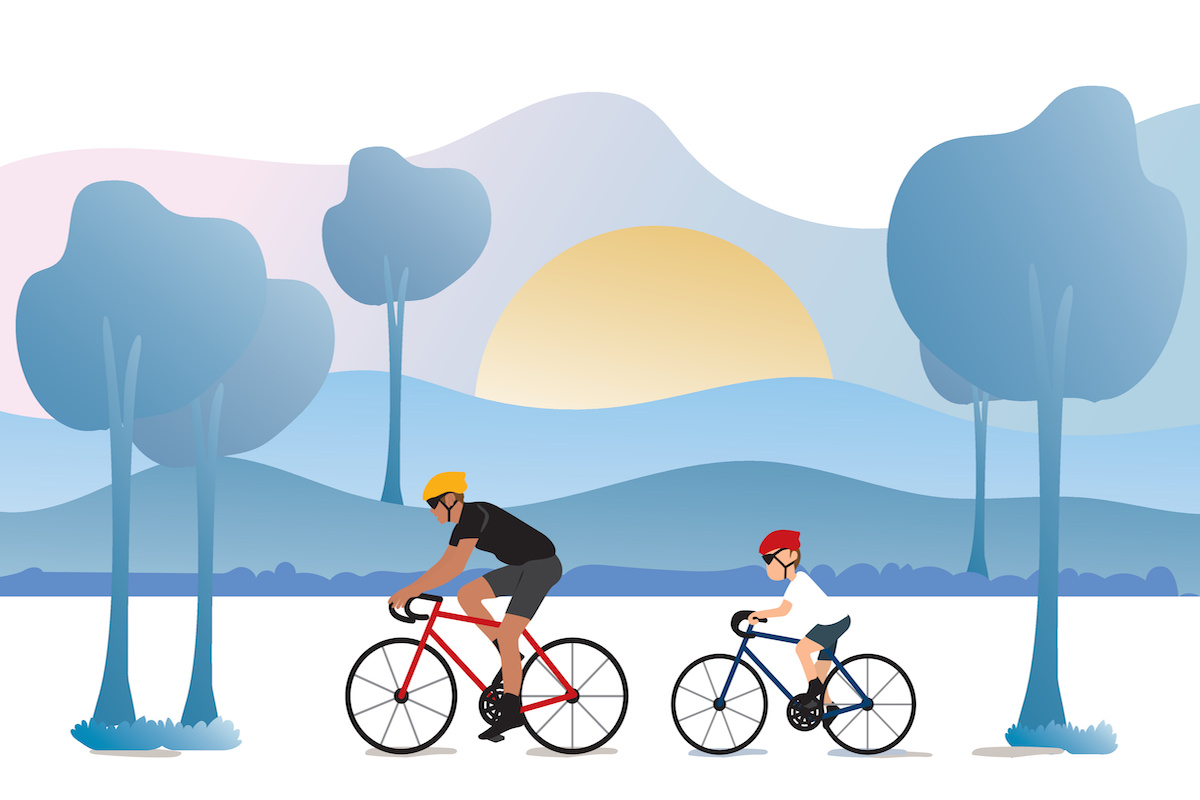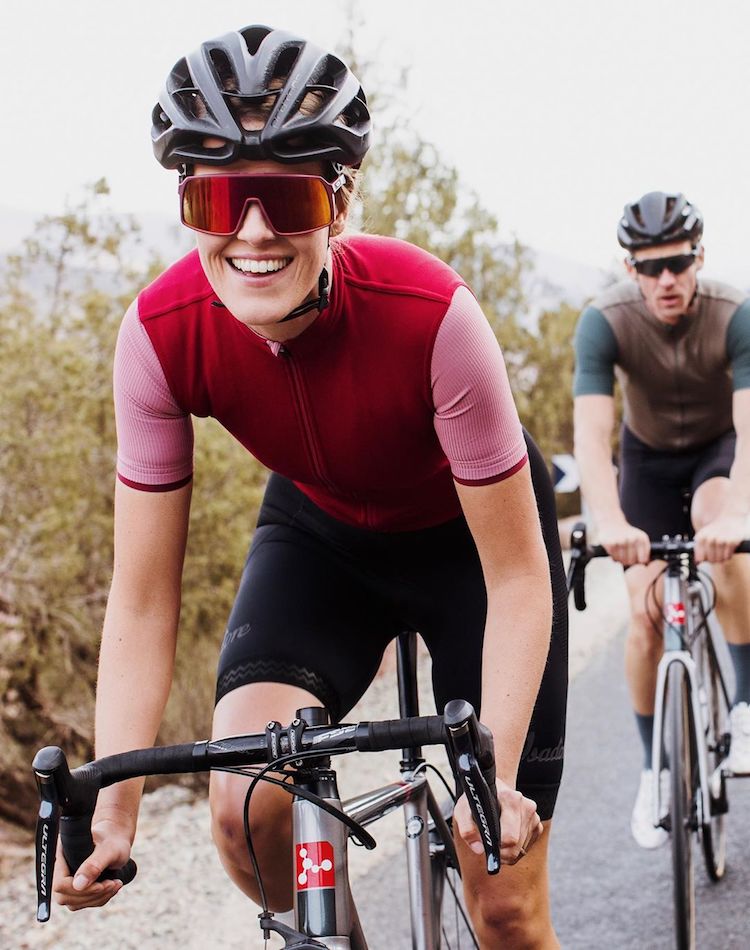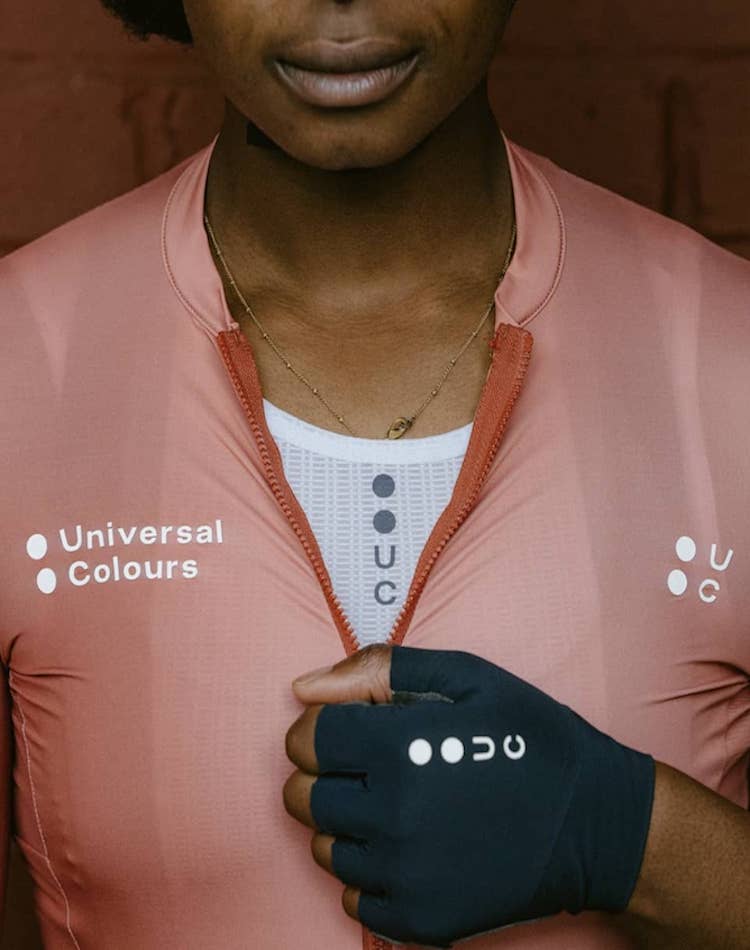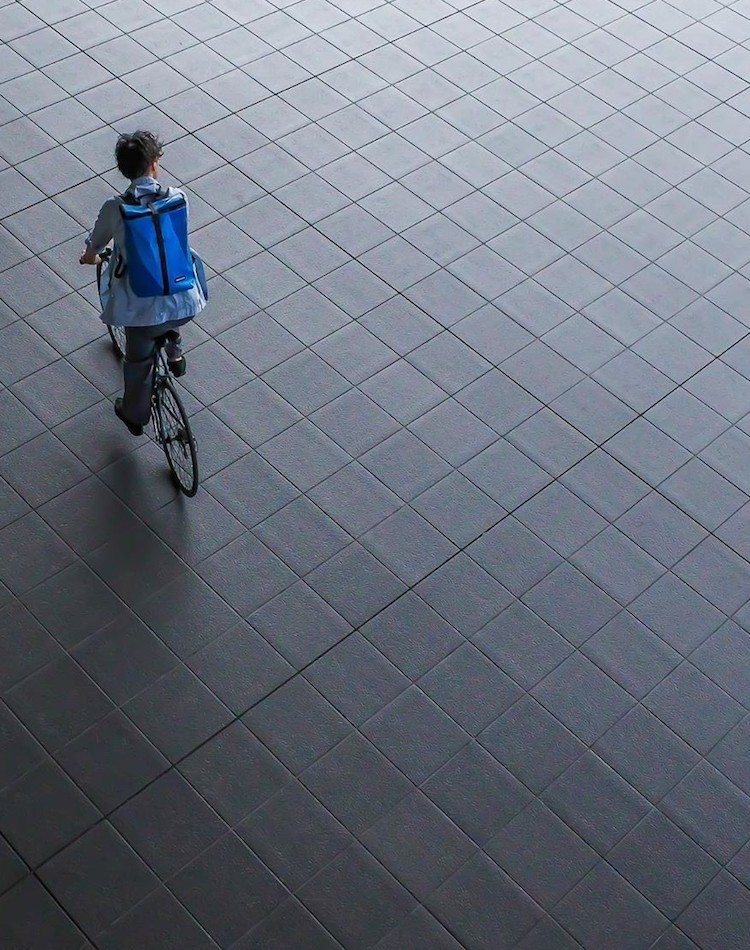Cycle Sustainably With Our Guide To the Best Brands Making Environmentally Friendly Kit

Aside from walking, you can’t beat cycling when it comes to environmentally-friendly modes of transport. According to the Environmental Protection Agency, a car driving an average of 12,500 miles per year will expend 11,450 pounds of carbon dioxide, while transportation accounts for 33 percent of CO2 emissions in America.
And so if you’ve started cycling or have for many years due to these environmental concerns, you might be wondering what more you can do to lower your carbon footprint. This is where your kit can come into play and the materials that are used to make it.
Skintight lycra and spandex have been mainstays in cycling gear for decades now, as cyclists, pro and amateur, look to its aerodynamic properties to boost their marginal gains. As a petroleum-based polymer, it’s not a sustainable fabric though, and when blended with other fabrics it’s very difficult (and expensive) to recycle and reuse.
Another repeat offender commonly used in cycling, nylon, creates nitrous oxide during its production, a greenhouse gas 310 times more potent than carbon dioxide. It all adds up.
So it’s refreshing to see a large swathe of cycling brands bring sustainability into the core of their business. Here we highlight eight of them so you can take a 360 approach to your environmental-friendliness.
8 Sustainable Cycling Brands To Check Out
Isadore
Founded by former elite cyclists Peter and Martin Velits, the idea of Isadore revolves around the sort of kit the pair had always wanted to race in. Using sustainable materials is important to the Slovakian brand, including a whole line of bibs and cycling jerseys made from completely recycled Lycra.
Locality is too, with its HQ based just 500 metres away from their manufacturer, which is quite literally going the extra mile, well, not even that, to be environmentally friendly.
Howies
Most waterproof jackets are treated with a fluorocarbon-based repellent to make them repel water. The problem here is that fluorocarbons slowly drain away from the fabrics and find their way into the water system, bioaccumulating in the environment before entering the food chain to cause all sorts of problems for both wildlife and people.
Active and outerwear brand Howies make their waterproof cycling jacket out of a water-repellent, breathable membrane fabric that is fluorocarbon free. It might seem like a small adjustment, but it’s one with cumulative, real-life consequences.
Universal Colours
Launched in 2020, Universal Colours is a hip, new cycling apparel brand you’d do well to cotton onto. Their slogan, “considerately sourced, progressively designed”, is a neat summary, with recycled fabrics approved by sustainable standards authority Bluesign, and slick, minimalist branding reproduced in a range of millennial-friendly shades. Cycling, but make it uber chic (and environmentally-friendly).
- Isadore
- Universal Colours
Presca
Environmental scientist and Ironman triathlete, Robert Webbon, started Presca (then called GRN) as a way of combining his two passions. Environmentally conscious without skimping on the garment’s performance (it makes the kit for British UCI team Vitus), the products on its site come with nifty infographics showing you how much water and CO2 emissions have been saved for each one made.
Brooks England
As a heritage brand that creates saddles meant to last a lifetime, Brooks England is already leaning towards the sustainable side. But a special line of its trademark Cambium saddles made out of ‘liquid wood’ pushed it fully into the mix when they were released in 2019, thanks to the materials incredible 100 percent biodegradability.
Freitag
Swiss brand Freitag has been re-fashioning truck tarpaulin, discarded bicycle inner tubes, and car seat belts into uber-stylish cycling sacks since the early 90s (they do accessories now too). Up-cycling then isn’t some bandwagon it has jumped on; it’s what made them. And the brand isn’t one to rest on their laurels, constantly pushing the boundaries of textile innovation resulting in a cutting-edge in-house material called F-ABRIC.
Made out of the vascular tissue that surrounds a plant’s stem, it’s not only compostable but has also been produced using resources that are within a 2500 km radius of its headquarters.
- Brooks England
- Freitag
Vaude
An award-winner when it comes to its sustainable credentials, recycled plastic bottles and fishing nets are par for the course in this German mountain wear brand’s cycling jerseys.
It’s completely transparent and open when it comes to its supply chain, publishing regular sustainability reports for industry professionals and its customers to view, along with information about how it pays its factory workers and which advanced materials it has in the works (including a waterproof coating made from recycled coffee grounds).
Triple 2
Founded in Munich in 2010, Triple 2 is a big fan of the eco-friendly yarn, Econyl, a popular material among sustainable swimwear brands. Made out of waste collected from the ocean the fabric is saltwater and chlorine resistant, with a high UV protection (perfect for a long ride in the sun).
The brand also uses natural materials like hemp, merino wool, Tencel, and organic cotton, for a sustainable approach away from the polymers that dominate the cycling apparel industry.






















